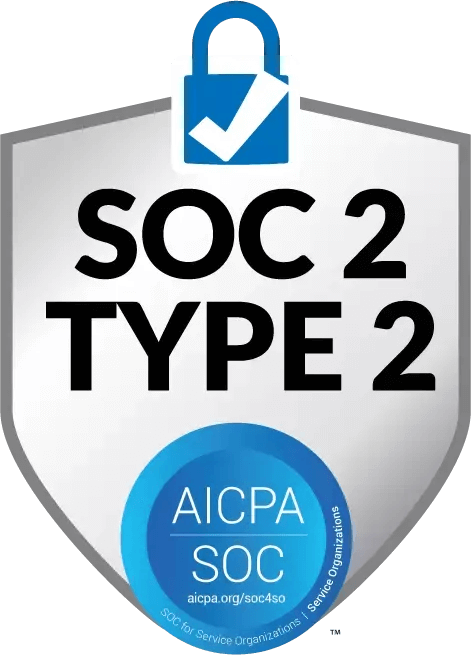From DIY to $3M: What Builders Learn the Hard Way
Discover how Salt Creek Homes grew from DIY remodeling to a $3M business—without software. Learn their financial strategy, pitfalls, and what’s next.
Contents
In this episode of Builders, Budgets, and Beers, Reece sat down with Garrett Goldsberry of Salt Creek Homes in Lincoln, Nebraska—a $3 to $4 million remodeling business making its first foray into new construction. Garrett and his wife Neale are a self-made duo, balancing craftsmanship, design, and a lot of trial-and-error spreadsheets.
This isn’t a software pitch. It’s the story of a builder doing things the hard way... because that’s what the job demanded. And now, five years in, it’s also the story of why that’s about to change.
How a Remodeler Becomes a Builder
Garrett and Neale didn’t start in construction. They were professionals with “cushy jobs,” dabbling in DIY. COVID changed that. They went all in on remodeling and learned quickly that passion doesn’t come with a profit margin.
The early years? All Excel and gut instinct. “We created a spreadsheet that housed every material, sub cost, builder fee,” Garrett explains. “It worked. Until it didn’t.”
They scaled fast—three million in revenue, massive remodels, and now, their first spec home. But with growth came complexity.
When Systems Get in the Way
Salt Creek’s process is old school: selections made up front, tracked in a custom Excel doc, synced manually with QuickBooks. Invoices come in by mail or email, and Garrett inputs them line-by-line. “We pride ourselves on paying subs immediately,” he says. But that speed has a price.
Garrett admits to missing a $3,000 invoice for a shower enclosure—weeks after final billing. No process caught it. “That came straight out of our bottom line,” he says. “And that’s not just $3,000. That’s margin.”
Like many builders, Garrett didn't start with tech skepticism... it was just habit. “Sometimes I’d sit down on a Friday and go through receipts to feel good. But if I missed that day, I was underwater.”
The Case for Change
Salt Creek’s financial workflow has always been deeply manual, even with solid discipline. That discipline created growth, but it also revealed limits.
Garrett puts it bluntly: “We’ve improved our process. But it’s not sustainable. Some weeks it works. Other weeks, it’s chaos.”
That chaos isn’t just inconvenient. It erodes profit. Adaptive’s AI isn’t just about saving time, t’s about catching the $500 overages, the unpaid invoices, the margin that slips away unnoticed. Garrett doesn’t need help building beautiful homes. He needs help catching what falls between the cracks.
What Builders Can Learn from Salt Creek
Garrett’s story isn’t just relatable—it’s practical. Here are a few key takeaways:
- Manual systems feel familiar—but they don’t scale. Growth without better tools creates fragility, not strength.
- Profit is a process. You can’t protect margin if you can’t see where it’s going.
- Tech isn’t about replacing craftsmanship. It’s about making sure that craftsmanship gets paid for.
- Your time is precious. If you're still managing AP in your wallet, it’s probably time for a change.
Looking Ahead
Garrett and Neale built a strong business on grit, design, and relationships. But now, they’re ready to build a more resilient one, with help from smarter systems.
As Reece puts it, “Whether it’s $500 or $5,000, you can’t plus what you don’t cost.” And Garrett knows it. His next leap won’t be another spec—it’ll be into software that protects the business they’ve worked so hard to build.
Stay tuned. We just might have Garrett back on in a few months to talk about what’s changed once the spreadsheets are finally retired.








